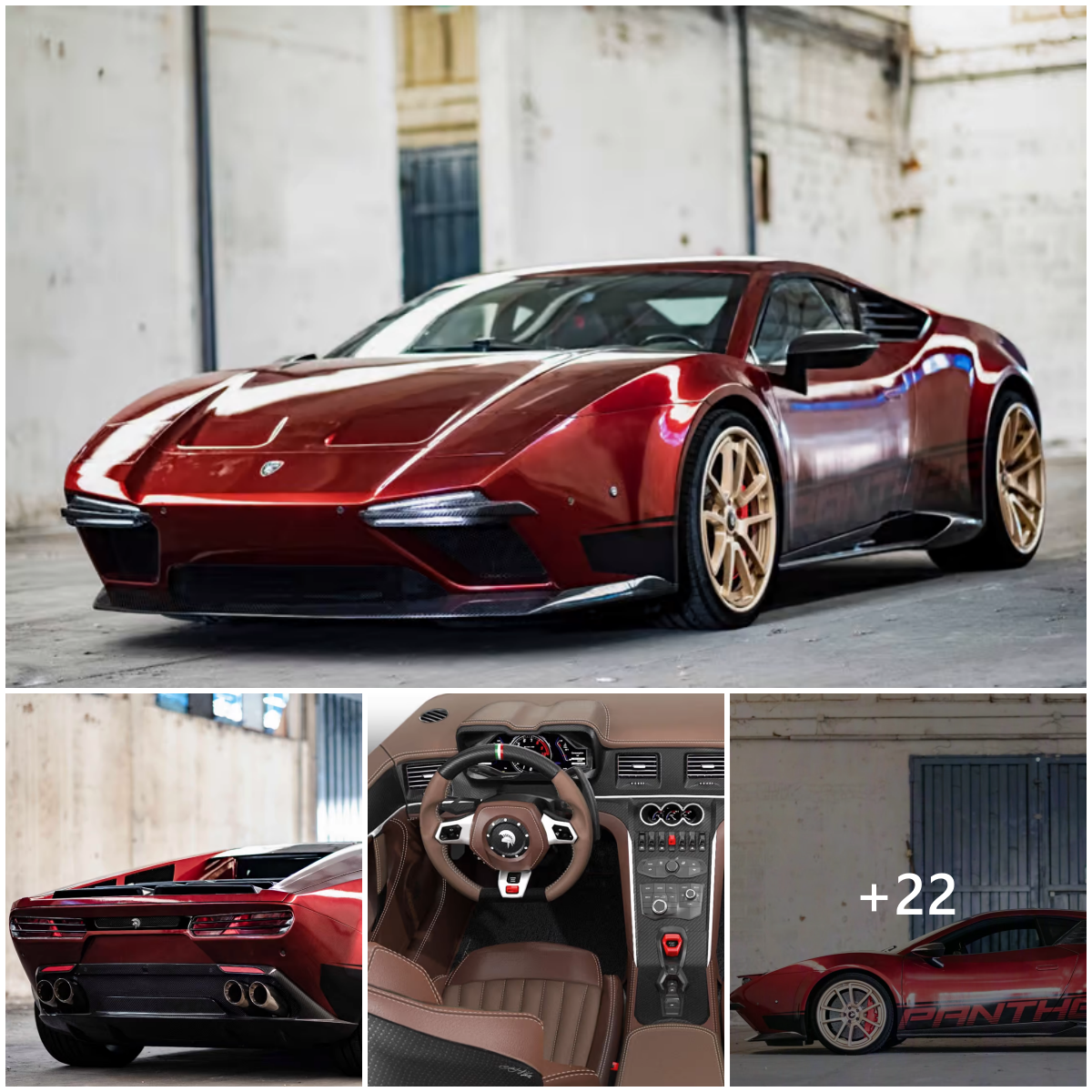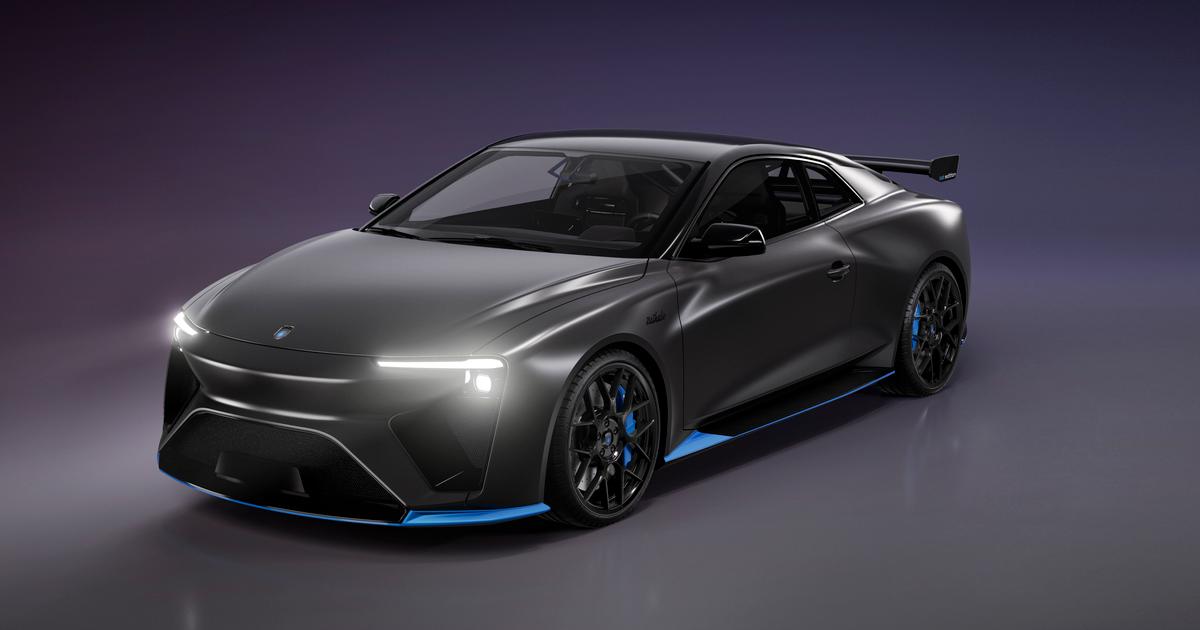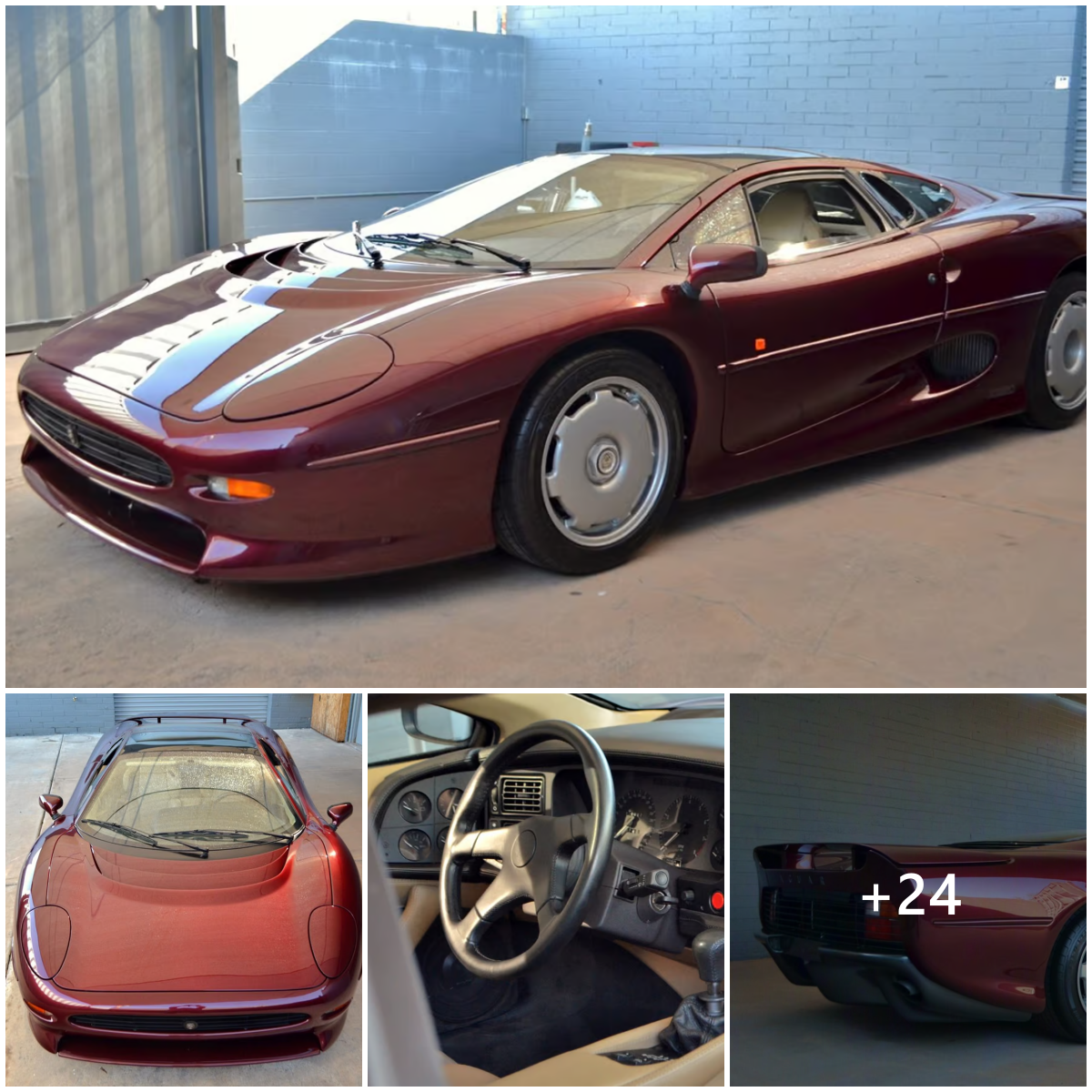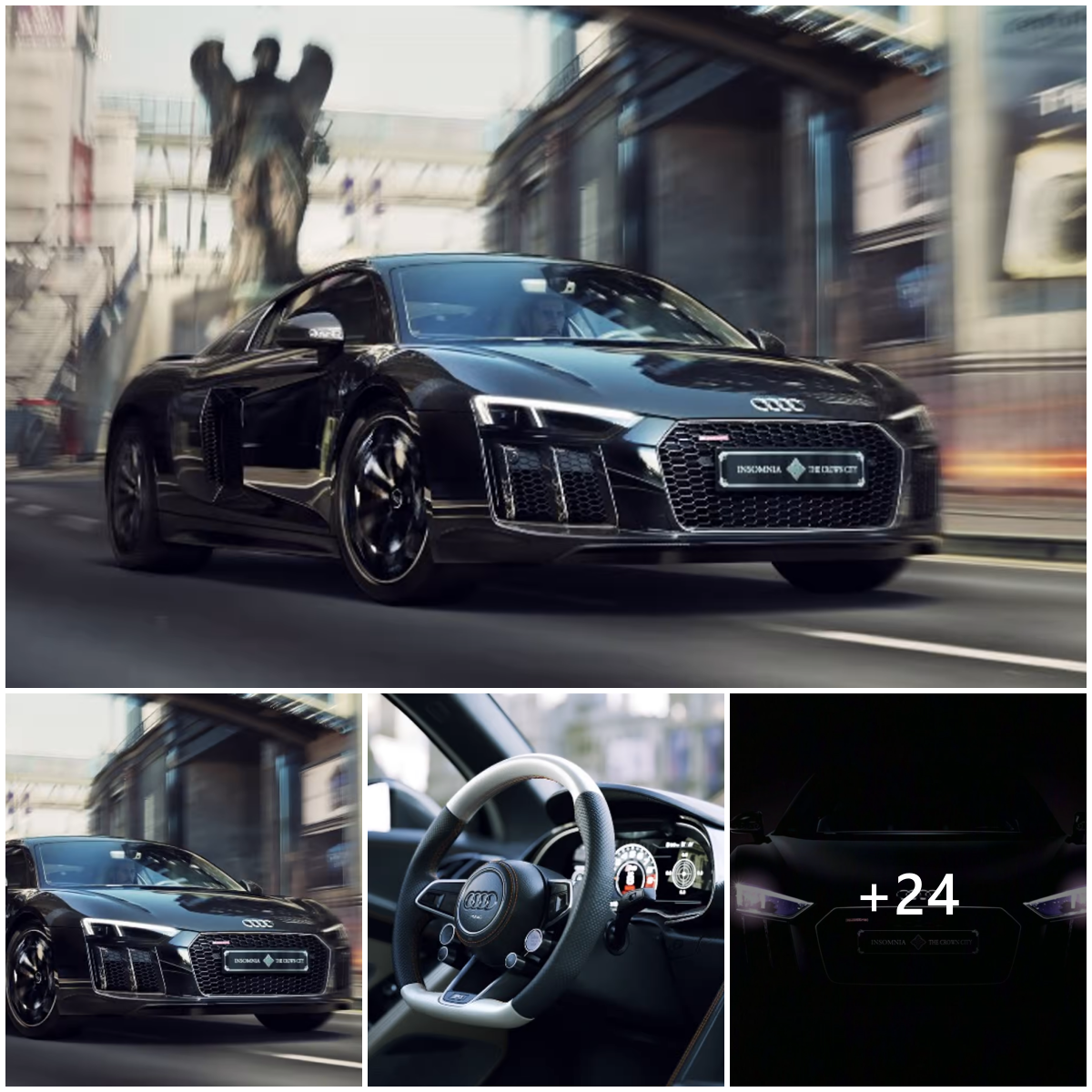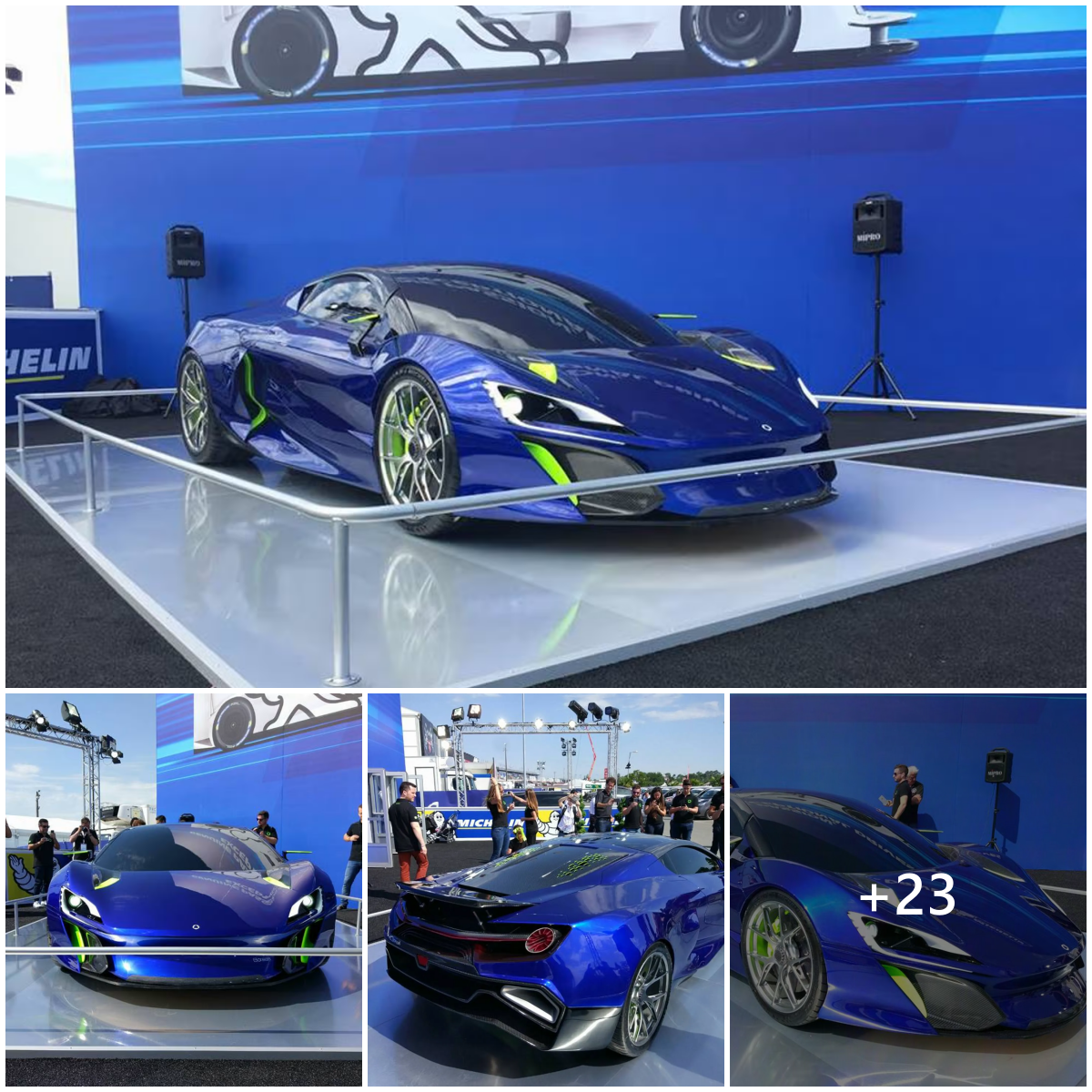When the Concept_One was first revealed back in 2011, the all-electric vehicle’s spec sheet was hard to believe. Despite this, Rimac Automobili said it was aiming to deliver a limited production run in 2013, and even opened its order book in 2012. Better late than never, the Concept-One is not just a concept anymore, with Rimac set to unveil a production version of the car at the Geneva Motor Show next month.
Billed as the world’s first all-electric hypercar, the Concept_One’s spec sheet rivals that of the McLaren P1 and Ferrari LaFerrari. With a total of 800 kW (1088 hp) and 1,600 Nm (1,180 ft-lb) of torque distributed among four permanent magnet oil cooled motors, Rimac’s first hypercar will silently shoot to 100 km/h (62 mph) in just 2.6 seconds.
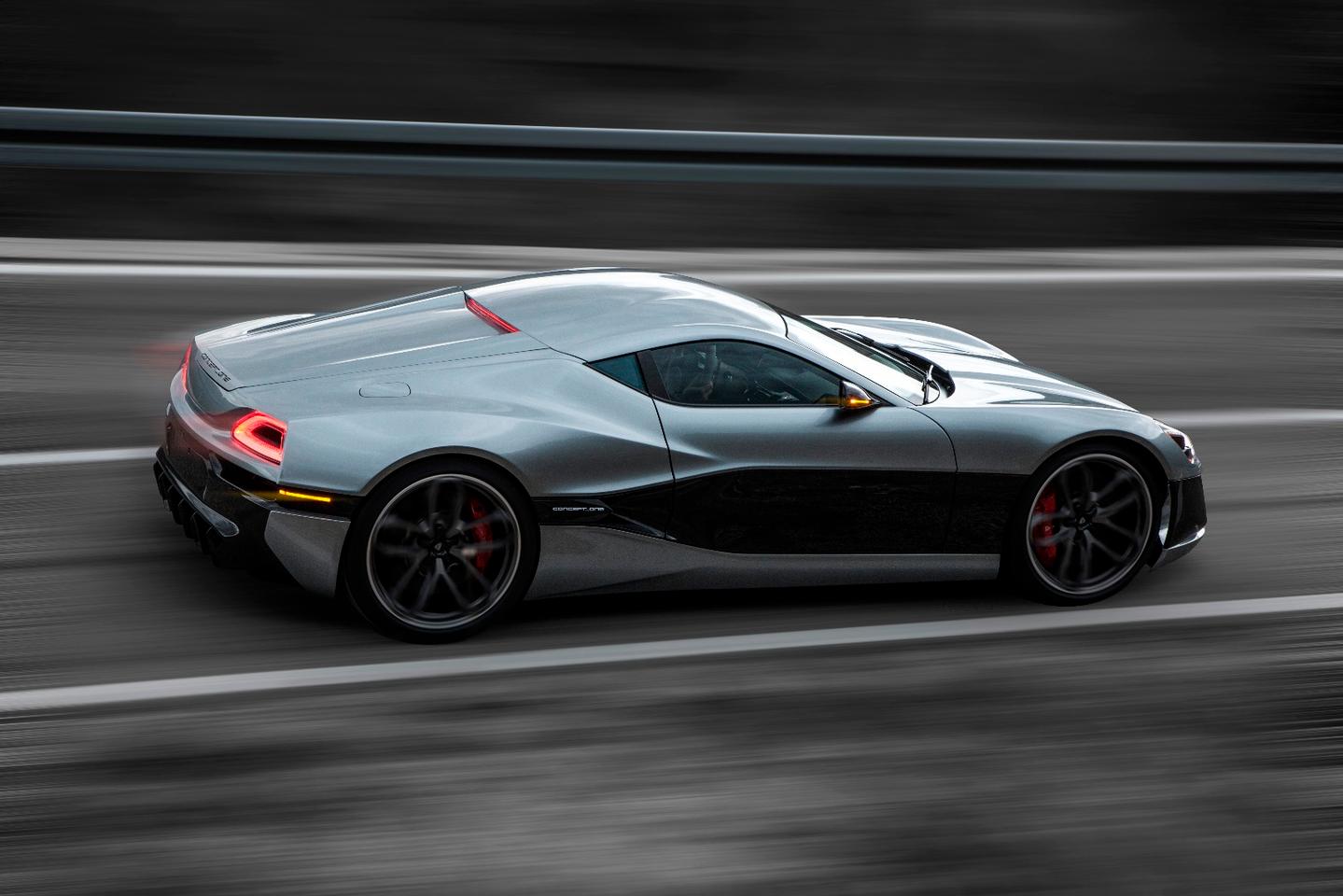
Unlike a more conventional fast electric car, the Rimac’s acceleration doesn’t relent there. It takes just 3.6 seconds to close the gap between 100 and 200 km/h (124 mph), and only 8 seconds to move between 200 and 300 km/h (188 mph).
These staggering acceleration figures are achievable thanks to a sophisticated torque vectoring system that takes advantage of the quick response afforded by electric motors to calculate the ideal amount of torque to be sent to each wheel. Labelled Rimac All Wheel Torque Vectoring (R-AWTV), the system uses inputs from sensors mounted on the suspension and chassis to manipulate the amount of power each wheel is receiving at a rate of one hundred times per second.
That means the character of the car can be altered quite dramatically by choosing an understeer biased drive mode, a neutral setup or a Ford Focus RS-style drift mode. Is it sacrilege to compare a multi-million dollar electric hypercar to a $40,000 Ford? Probably.
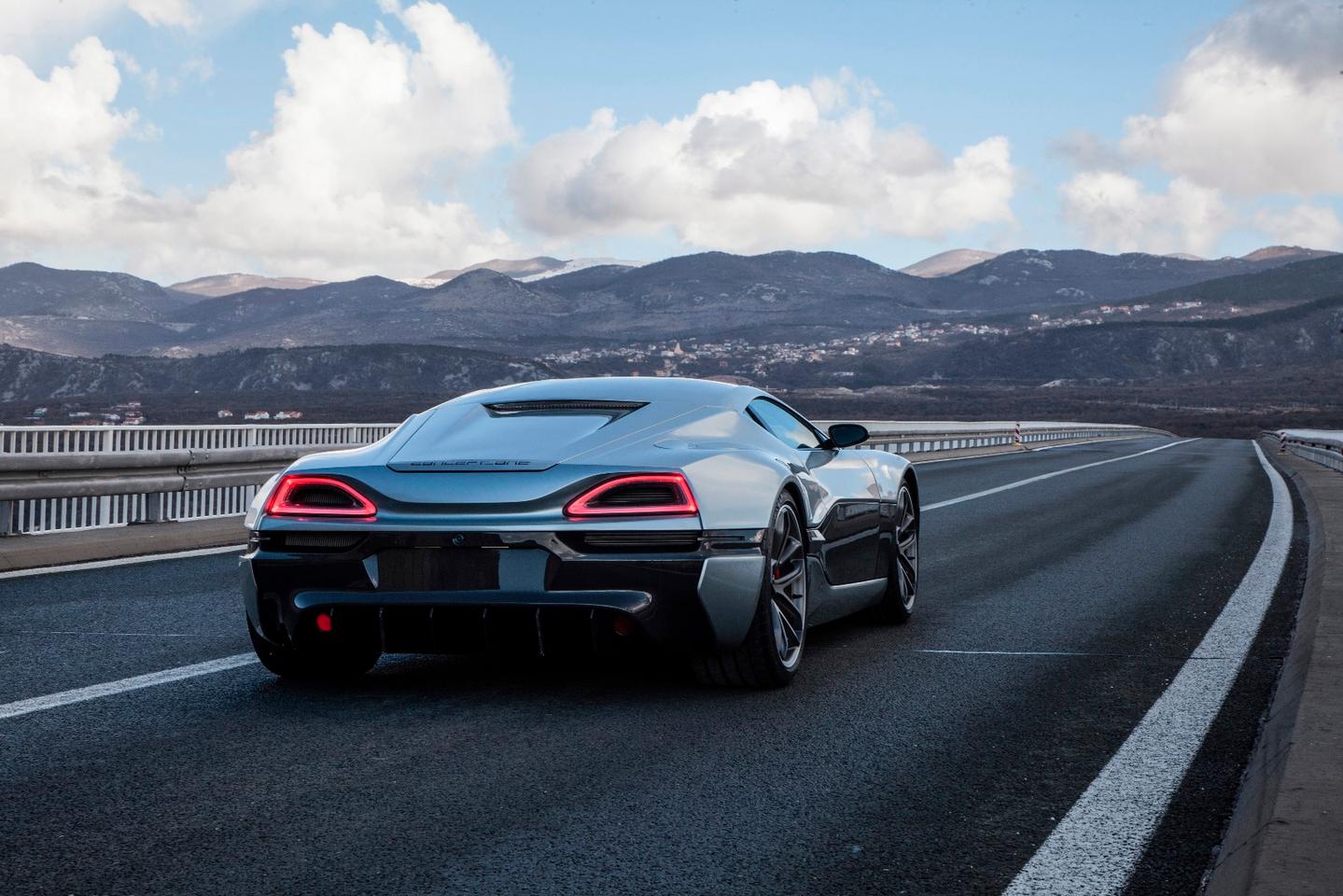
The other reason the Rimac is able to accelerate so fast off the line, but also keep going to its 355 km/h (221 mph) top speed are the gearboxes mounted to each motor. Unlike most electric cars, which put their power down through a single speed gearbox, each rear motor is attached to an F1-style two-speed gearbox that allows even better top-end performance from the ultra-torquey electric motors.
With acceleration figures like the ones the Concept_One can produce, it’s reassuring to know Rimac hasn’t skimped on the car’s brakes. As well as the carbon-ceramic braking system at all four corners, the R-AWC system acts as an electric ABS system with up to 400 kW worth of regenerative braking power. That means the car can generate 0.6 G when being slowed by its regenerative braking system alone.
The extra degrees of adjustment afforded by individual electric motors also means the car can stop extremely well on uneven or wet surfaces, where each wheel is constantly being exposed to different grip levels.
Such incredible acceleration and deceleration will, as you’d expect, put huge strain on the battery system, which is why Rimac has developed a new 82 kWh pack in house. The system’s 8,450 cells have been built to deliver 1 MW during acceleration, but also absorb 400 kW during braking to recover power via the regenerative braking system. Each cell is individually managed by a system developed in-house, and the battery is liquid cooled.
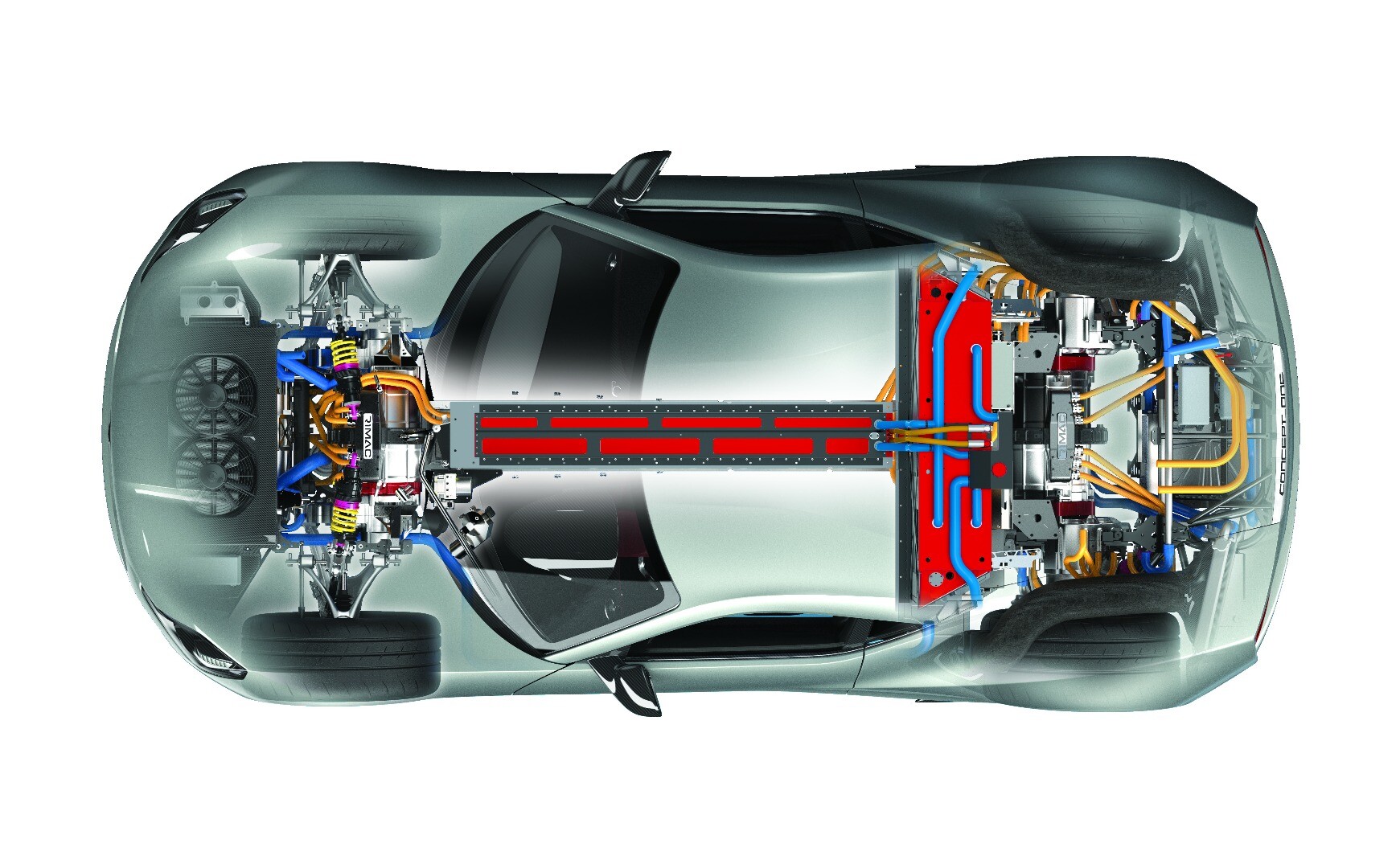
As well as offering up other worldly performance, Rimac is aiming to create a unique, luxurious experience for the eight lucky Concept_One owners. Most of the car’s components are crafted out of one block of aluminum or raw carbon fiber.
What’s more, the interior doesn’t borrow components from any other manufacturer’s parts bin, which should give it the right feel for a bespoke supercar. The car’s infotainment system certainly promises to live up to that promise, allowing owners to view what the torque vectoring system is doing along with information from over 500 sensors around the car.
All of this sounds incredible to us, both because of the incredible performance potential and because it’s fantastic to see a small company delivering on its promise to shake up the hypercar world.
We can’t wait to have a closer look at the Geneva Motor Show next month. Rimac has told us that production is already underway, the price is €850,000 (about US$940,000) and no two vehicles will be exactly the same. Six cars have already been presold, and the first will be delivered to the customer after the show in Geneva.
Rimac’s explainer of the car’s torque vectoring system is below.
Source: Rimac
Rimac All Wheel Torque Vectoring

